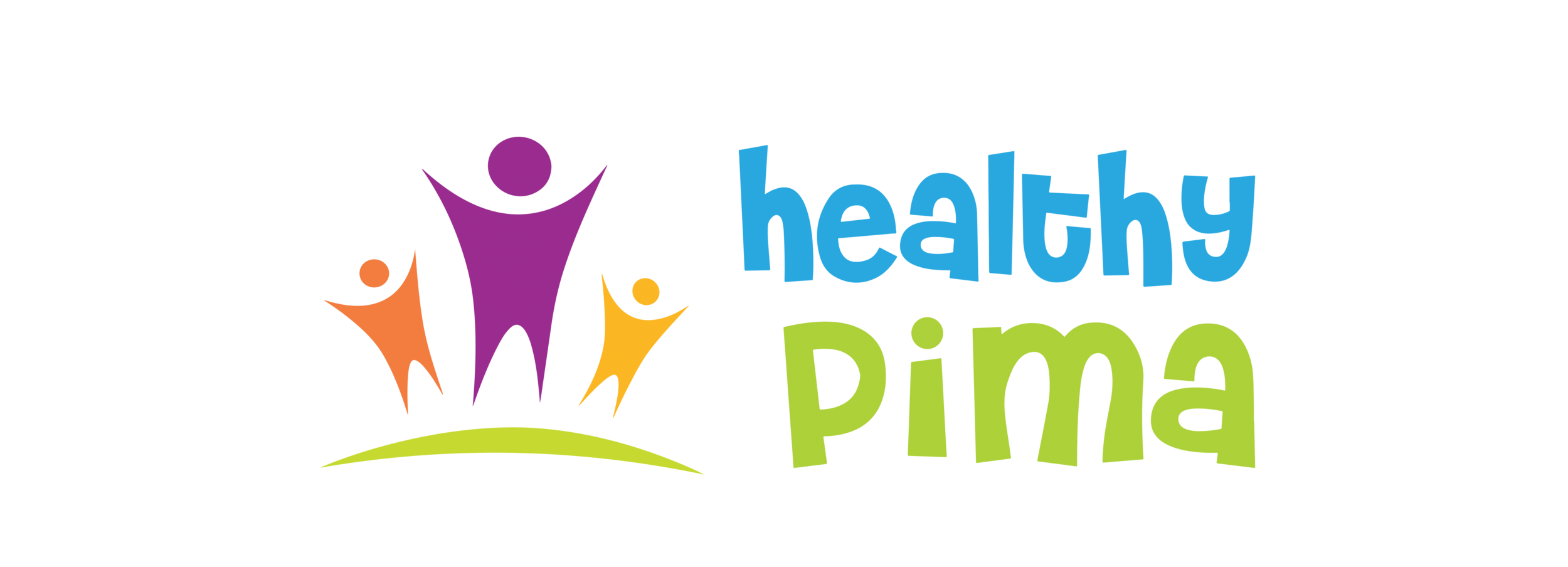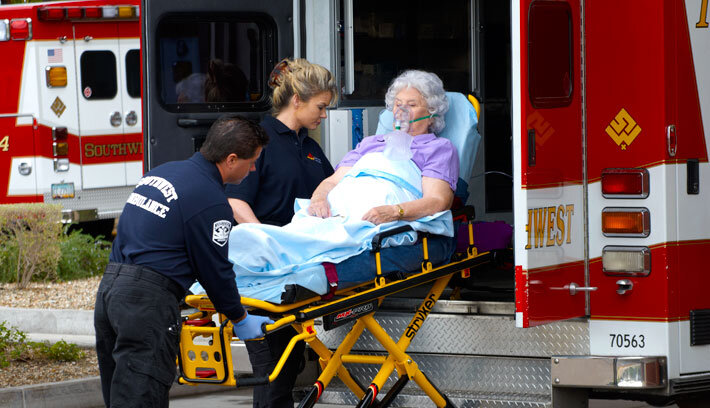Health Priorities from the 2021 CHNA
Access to Care
Access to care includes access to primary healthcare, specialized healthcare, and mental health services that are acceptable and appropriate to the diverse needs and background of an individual. 17 of the 23 Primary Care Areas in Pima County are designated Health Professional Shortage Areas by the United States government, and 19 are designated Medically Underserved Areas by the Arizona State Government due to a shortage of health professional personnel. Over 10.3% of residents in Pima County do not have health insurance, and increases to 12.3% when looking at people under the age of 65.
Community members and leaders noted the proposed solutions included:
Increase advocacy groups.
Increase language services (interpretation and translation).
More community-based efforts for education.
Support the Community Health Worker workforce.
Mental and Behavioral Health
Mental and behavioral health refers to emotions, behaviors, and biology related to a person’s mental well-being. In 2018, 13.6% of Pima County adults reported 14 or more days of poor mental health per month. In 2020, there were 225 suicide deaths among Pima County residents, 61% of which were by firearm. In 2020, the mental health provider rate (providers per 100,000 population) was 192 in Pima County.
Community members and leaders noted that the proposed solutions included:
Increase the number of mental health providers.
Increasing pay for providers to increase staffing of mental health providers in Pima County.
Decrease stigma around mental health disorders and seeking mental health care.
Mental health should be emphasized as much as physical health care.
Social Determinants of Health (Poverty, Transportation, and the Built Environment)
Social determinants of health are the conditions in which people live, learn, work, and play that impact a variety of health and quality-of-life risks and outcomes. 1 in 5 households in Pima County reported at least one of the four housing problems from 2013-2017: overcrowding, high housing costs, lack of kitchen, or lack of plumbing facilities. In 2019, 15.5% of households without vehicles were beyond 1 mile from the nearest supermarket. In 2019, 11.2% of households received SNAP benefits (food stamps) and more than half of those households include children.
Substance Use Disorder
Substance use disorder (SUD) is the excessive use of alcohol and drugs, including pain medication or illegal drugs. The 2021 Community Health Needs Assessment found that Pima County experienced a significant increase in deaths related to drug use, specifically fentanyl. In 2020, there were 446 overdose deaths in Pima County, a 32% increase from 2019.
Community members and leaders noted the proposed solution s included:
Decrease stigma around substance use.
Increase naloxone distribution.
Increase education on overdose and fentanyl.








